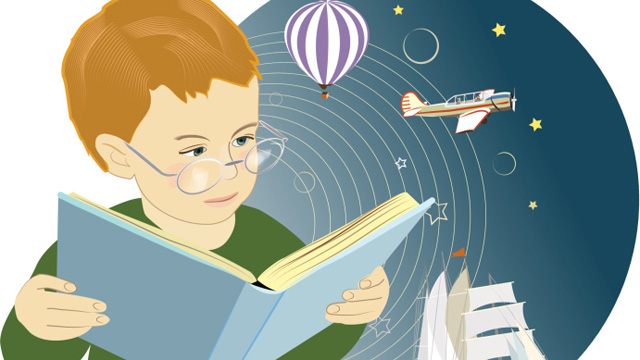
The long hot days of summer are the perfect time for kids to hone their knowledge of the wizard world, King Arthur’s court or the magical land of Narnia. And while many summer reading lists are sent home with the hope that students will bone up on fiction during the dog days, reading nonfiction can be just as beneficial -- and just as exciting -- as a great novel. And though some kids might balk at choosing to read a “science” book for summer fun, children’s author Vicki Cobb says that’s only because they haven’t been exposed to the right books.
In an effort to put more high-quality nonfiction into students’ hands, Cobb has created the iNK Think Tank, an organization of award-winning children’s authors who write Common Core-aligned nonfiction books for kids of all ages. (During the school year, iNK will even bring the authors to classrooms, via videoconference, to discuss their books directly with students.) For summer science reading, Cobb wants students to know about true stories that contain both captivating stories and science themes.
“There are many science books that are narratives and biographies that are fascinating,” Cobb said. “Tanya Stone’s Almost Astronauts tells the story of the first women who trained along with the men for the Mercury program, but never got to fly. And Deborah Heiligman’s Charles and Emma tells the love story between Charles Darwin and his wife Emma, who was deeply religious. Darwin dragged his feet in publishing Origin of the Species because he had to write it so that it wouldn’t offend his wife’s religious beliefs.”
Cobb notes that great nonfiction writers employ the same literary devices as fiction writers, with a definitive advantage: every word is true. “There is no invented dialogue or sugar-coating by anthropomorphizing subject matter. But literary devices, including poetry, foreshadowing, irony, and metaphor, are all present.”
Yet iNK Think Tank’s efforts to increase children’s nonfiction diets are in sharp contrast to what kids are consuming: according to a 2010 study by the Kaiser Family Foundation, children spend about four minutes a day reading nonfiction, and Publisher’s Weekly reported that, last year, kids bought four times more fiction than nonfiction.

